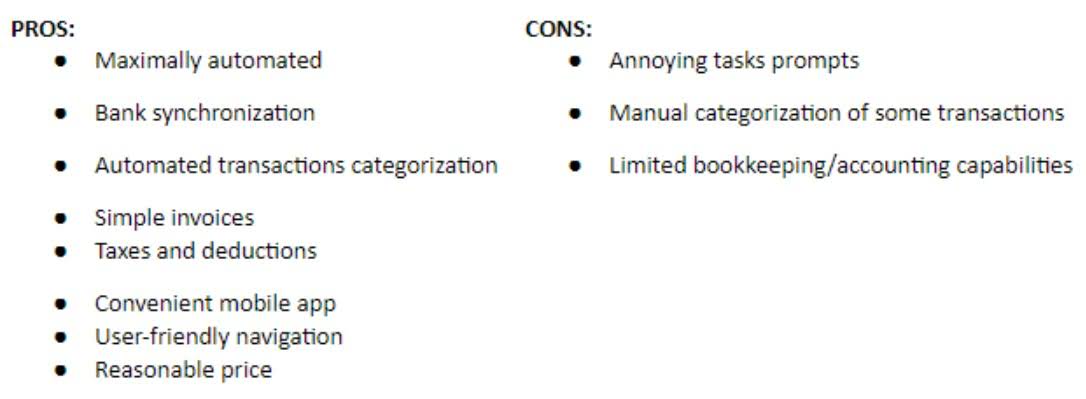10 Oct Nonprofit Financial Statements: Understanding How To Use Nonprofit Financial Documents

Meanwhile, it is important for nonprofits to be aware of their legal obligations. If you use a checkbook framework to understand accounting, you are only working out the Net Assets bucket. The Three Bucket Framework beats the Checkbook Framework Law Firm Accounts Receivable Management any day of the week.
- This basic nonprofit financial report template covers the essential components, ensuring clarity and transparency for stakeholders.
- This calculation shows the equity of your nonprofit organization and whether you have the revenue to cover expenses, creating a sustainable organization.
- But in your audited nonprofit financials, it will be called a Statement of Financial Position.
- When asking for donations or funds, nonprofits are required to ask donors if they would like their donations to be restricted or unrestricted funds.
- The statement of cash flows (or cash flow statement) is one of the main financial statements (along with the income statement and balance sheet).
- If you haven’t seen one for your organization yet or want to try your hand at compiling one, use our template to get started.
What will your CPA look for on your Statement of Activities?

There should be a list of finances and these can be the assets, liabilities and funds of the NPO. If there is any restricted access to any of the funds due to orders from the management template, these should also be mentioned in the statement. A format statement is a fundamental tool for any organization to run smoothly, as this will help you understand your finances better throughout the year and you can keep them under control. Every department of the organization can provide its statements of finance as to where it would have spent the income of the company. Incomes are basically the gifts, fees, investments or fundraising you get from customers that will help you help others better. Expenses are typically management expenses, general costs, rent, utilities, etc.

Nonprofit Accounting Training
- Operating revenue includes funds from donations, ticket sales, product sales, etc.
- External users of the statement of activities may include Grantmakers, financial auditors, donors, members, or partnering organizations.
- Net assets are documented in the non-profit organization’s statement of financial position and statement of activities and reflect revenues except for expenses and losses.
- To prevent this bookkeeping quagmire, an organization can indicate on donation materials that excess funds will go to a secondary cause.
- Nonprofits often receive funds with specific restrictions or for particular programs, which must be recorded accurately to reflect donor intentions.
Our definitive article is here to guide nonprofit owners and their finance teams, providing clear, detailed insights that help you manage and report your organization’s finances with confidence. Charitable nonprofit businesses are mission-based organizations that are recognized under section 501(c)(3) by the Internal Revenue Service. According to these guidelines, all of the revenue must be used for the charitable mission of the organization. By definition, nonprofits do not make a profit because all of the surplus income is placed back into the business. The IRS is clear that a nonprofit cannot provide financial benefit to an individual or to a stockholder. By the nature of organization, a nonprofit cannot fill out a financial statements for nonprofits profit-and-loss statement because the business does not make a profit.
The bottom line on nonprofit financial statements
The ending net assets from the statement of activities show up on the balance sheet, linking these two documents and providing a full picture of financial health. As described previously, obtaining, maintaining, and retaining a nonprofit’s 501(c)(3) status requires compliance, including in bookkeeping and financial statements. Failing to properly collect, prepare, and submit accurate, honest, and complete nonprofit financial statements can lead to issues, including losing the tax-exempt status.

Bookkeeping Checklist Samples and Templates in PDF MS Word
Instead, the financial statement is showing that the organization expended some of the net assets that were obtained in a prior financial period(s). This is not a loss but utilizing funds for their intended purpose (thus meeting the donor-imposed restrictions). One of the main financial statements (along with the statement of comprehensive income, balance sheet, statement of cash flows, and statement of stockholders’ equity). The income statement is also referred to as the profit and loss statement, P&L, statement of income, and the statement of operations. The income statement reports the revenues, gains, expenses, losses, net income and other totals for the period of time shown in the heading of the statement. If a company’s stock is publicly traded, earnings per share must appear on the face of the income statement.

These dues are fees that members pay, either annually or on another regular basis, in exchange for benefits, services, or simply to support the organization’s work. The structure and amount of these dues can vary widely depending on the organization’s objectives, the value proposition for members, and the targeted demographic. In some cases, these dues might also grant members voting rights or other forms of participation in the organization’s governance. The results of each successive fiscal year’s financial activities accumulate on the SOFP, changing the net asset balances.
Financial Ratios
- All information prepared on this site is for informational purposes only, and should not be relied on for legal, tax or accounting advice.
- Finally, financing revenue comes from the earnings and interest earned on your financial activities and savings.
- When this total amount is added to the cash balance at the beginning of the reporting period, you will end up with the current cash balance, which will match the amount listed on the Statement of Financial Position.
- By definition, nonprofits do not make a profit because all of the surplus income is placed back into the business.
- All of a nonprofit’s funds should be reinvested into the organization and its mission.
You can use this data to assess how your nonprofit is achieving its mission-driven goals and what adjustments, if any, need to be made. Understanding true program costs is at the heart of longevity and sustainability for nonprofits. Program operations involve many expenses, which means nonprofits need full visibility into their financial information to plan for the future, mitigate risk of cash shortfalls, and report trial balance appropriately to the IRS. Nonprofit finance employees and volunteers must receive specific training.
No Comments